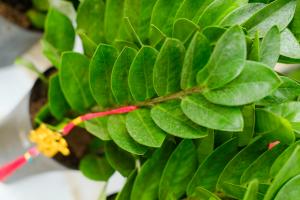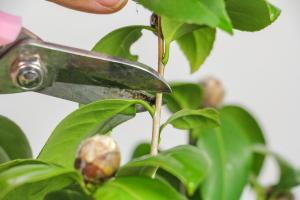Introduction
Water pollution is a significant environmental issue that affects aquatic animals and plants. The pollution of water bodies, such as rivers, lakes, and oceans, occurs when contaminants, including chemicals, industrial waste, and human or animal feces, enter the water bodies, making it hazardous for aquatic life to survive. The impact of water pollution on animals and plants is alarming and affects the entire ecosystem.
Water Pollution and Animals
Water pollution can have devastating effects on aquatic animals. Some of the adverse impacts may include reduced reproduction rates, survival of species, or changes in behavior. Contaminated water can lead to the death of aquatic animals or cause them to migrate to other areas that are harmful to their survival. Heavy metals, such as lead and mercury, are extremely toxic and have been linked to several health problems in animals that live in contaminated water. These pollutants can get accumulated in the animals’ tissues, become concentrated, and ultimately reach humans who consume them. This can pose a significant health risk to humans.
Water Pollution and Plants
Water pollution can harm aquatic plants, and this can lead to a negative ripple effect on the entire ecosystem. Pollutants can cause reduced plant growth, changes in plant composition, and the disappearance of some plant species. This, in turn, affects the food chain since aquatic animals may no longer have adequate food or habitat. The destruction of the aquatic plants can also create a more dangerous environment for the animals since there is less oxygen in the water, leading to fewer resources for animals to thrive.
Health Risks to Humans
Water pollution affects not only aquatic animals and plants but also humans who consume these polluted organisms. Chemicals such as PCBs, dioxins, and fertilizers are persistent pollutants that can easily accumulate in humans, causing a range of health problems, including neurological damage, cancer, and developmental delays. High levels of nitrates in drinking water can cause methemoglobinemia, a potentially deadly blood disorder which affects infants under six months of age, and pregnant women. With the increasing contamination of water sources, the health risks to humans are rising, indicating the severity of this problem.
Ways to Mitigate Water Pollution
There are several ways to reduce water pollution, and they include creating more sustainable practices, such as minimizing the use of fertilizers, proper waste disposal, and reducing the amount of single-use plastics. Governments can impose stricter pollution regulations, ensure the proper treatment of industrial waste, and impose penalties for companies that violate these regulations. Implementing policies that mandate water conservation practices and promoting alternatives to conventional agricultural practices can also help mitigate the effects of water pollution on animals and plants.
Conclusion
Water pollution is a severe issue that affects the entire ecosystem, including aquatic animals and plants as well as humans. The impacts can be far-reaching, causing irreparable damage to the environment and posing significant health risks. Implementing sustainable practices and policies to prevent and mitigate water pollution are crucial to ensuring the survival of aquatic life and preserving the environment for future generations.

 how many times do yo...
how many times do yo... how many planted tre...
how many planted tre... how many pine trees ...
how many pine trees ... how many pecan trees...
how many pecan trees... how many plants comp...
how many plants comp... how many plants can ...
how many plants can ... how many plants and ...
how many plants and ... how many pepper plan...
how many pepper plan...































